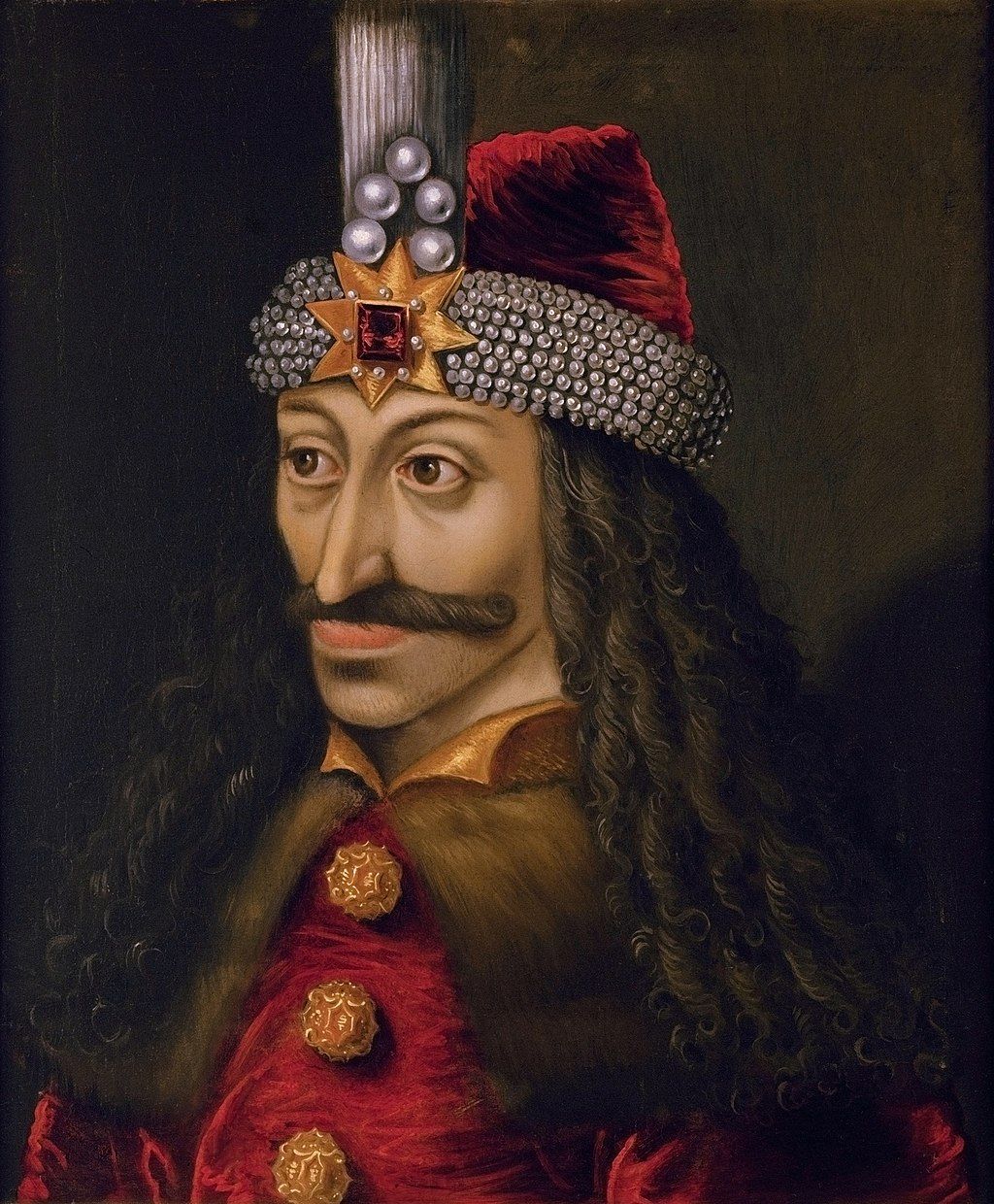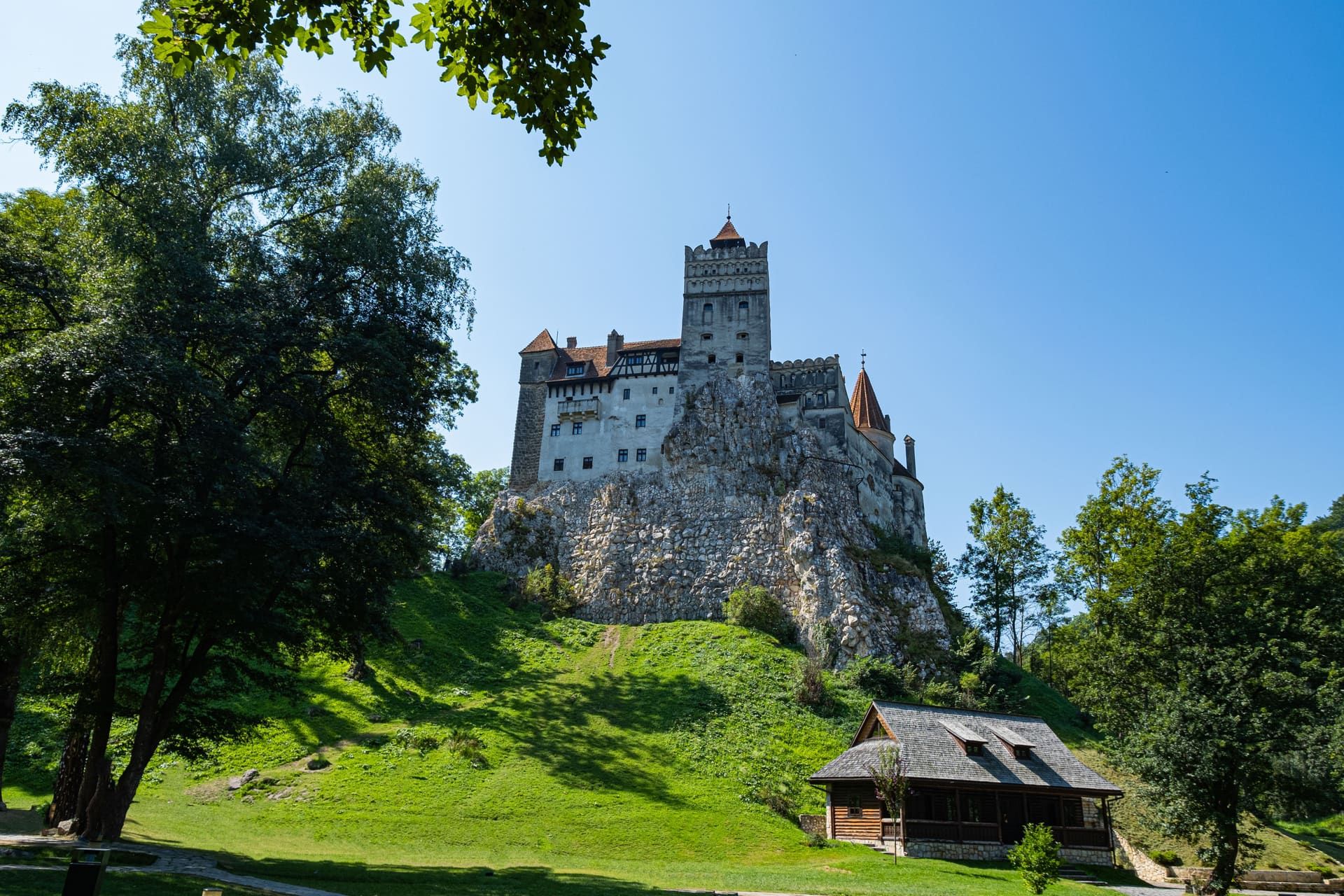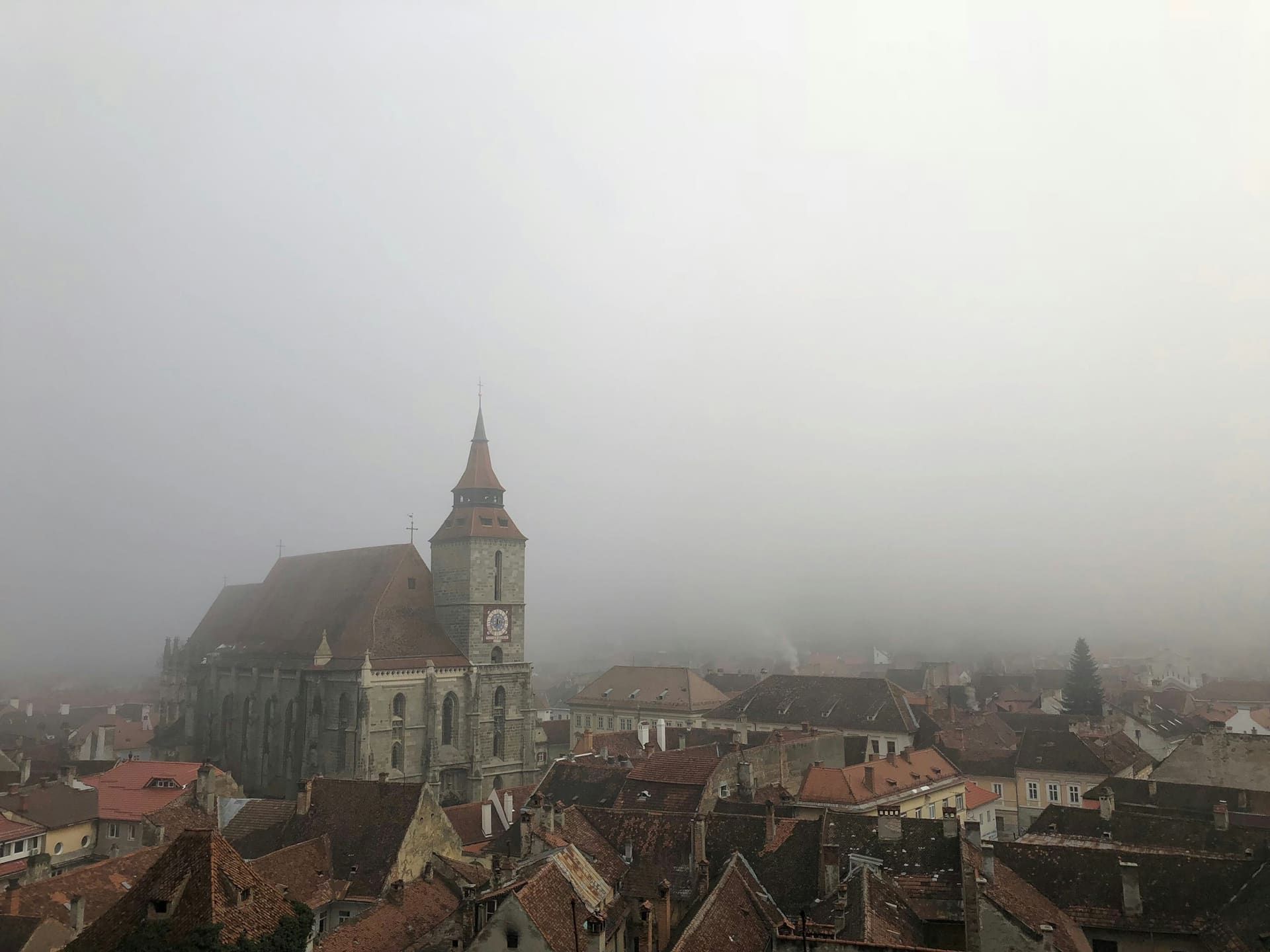
Vlad Țepeș: The Story Behind Dracula's Enduring Legend
Vlad Țepeș’s campaigns, the propaganda that followed him, and the folklore that grew around his name explain why a fifteenth-century Wallachian ruler still anchors Dracula tours from Brașov today.
Introduction
Vlad III of Wallachia—better remembered as Vlad Țepeș—sat at the crossroads of ferocious border wars, courtly propaganda, and later Victorian storytelling. Centuries after his on-and-off rule between 1448 and 1476, the name he inherited from the Order of the Dragon still draws travelers from Brașov to Bran, Sighișoara, and the fortresses guarding the Carpathian passes.
Bram Stoker encountered the word “Dracula” (son of the dragon or devil) in nineteenth-century histories and borrowed it for his 1897 vampire—but historians stress the fictional Count shares little with the real ruler beyond that ominous name. National Geographic and Live Science explain how reputation, not vampirism, linked Vlad to the novel. Use this guide to separate history from legend and to plan meaningful stops around Brașov.

Quick facts
1431 birth & a new surname Vlad III was born in Sighișoara and adopted the sobriquet Draculea—“son of the Dragon/Devil”—after his father joined the Order of the Dragon in 1431. Source
Seat of power, not Transylvania Although tourism markets link him to Transylvania, Vlad never owned estates there—his strongholds were the princely courts of Târgoviște and the cliffside Poenari fortress in Wallachia. Source
Propaganda amplified the terror Enemy pamphlets described more than 80,000 executions by impalement, cementing his nickname and fueling later Gothic literature. Source
Today’s trailheads Bran Castle matches Stoker’s cliffside description, Sighișoara celebrates his birthplace, and the Old Princely Court in Bucharest displays his 1459 charter—all easy extensions from Brașov. Source
Origins and the Dracula name
Vlad’s father, Vlad II Dracul, earned his epithet after pledging loyalty to Sigismund of Luxembourg’s Order of the Dragon—an alliance meant to hold the Ottoman advance at the Carpathian gates. His sons grew up in a landscape where Brașov’s Saxon merchants, Hungarian nobles, and Ottoman envoys all competed for customs lanes over the mountains between Transylvania and Wallachia.
Those competing powers forged and broke alliances quickly. Vlad spent part of his youth as an Ottoman hostage, then returned to carve out rule from Târgoviște. The same charters that established Bucharest’s Old Princely Court in 1459 also mention privileges for the Brașov merchants who supplied him—details you can still trace inside the restored curia in the Romanian capital.
Campaigns and propaganda
Vlad reclaimed the Wallachian throne in 1456 by marching on Târgoviște with exiled boyars, Hungarians, and mercenaries. He waged ruthless border raids, most famously the 1462 “night attack” against the Ottoman camp across the Danube. His preferred punishment—impalement with the bodies left on public display—terrified enemies and civilians alike.
Because the printing press was spreading across German-speaking cities at the time, lurid accounts of his cruelty became bestselling pamphlets. Those woodcuts portrayed him calmly dining among forests of impaled corpses, shaping the macabre image that later novelists adopted. The historical Vlad was fighting real geopolitical battles, but his propaganda war outlived every campaign.
From prince to vampire
Historians stress that Bram Stoker mined only a few biographical details—chiefly the name Dracula and the idea of a nobleman watching over a mountain pass—when crafting his vampire. Researchers interviewed by Live Science note that the real Vlad never owned property in Transylvania, even though Stoker anchored his fictional castle there.
Bran Castle feeds the pop-culture association because it is the one Transylvanian fortress that matches Stoker’s description of a cliff-side stronghold. The official curators emphasize that Dracula is a fictional composite layered over local beliefs in nocturnal spirits called strigoi. Bran Castle uses those legends today to stage immersive exhibits without rewriting the documented history of Vlad Țepeș.
Where to walk the legend in Brașov
Start inside Brașov’s medieval core—our city guide highlights the guild halls that traded with Vlad’s court. From here it is a 30-kilometer ride to Bran Castle, where you can compare documented royal history with the Dracula experience rooms curated today.
Extend the circuit to Sighișoara’s citadel, which celebrates Vlad’s 1431 birth home, and to Bucharest’s Old Princely Court, where a 1459 charter signed “Dracula” first recorded the city’s name. RomaniaTourism also points travelers to the cliff-top ruins of Poenari fortress, rebuilt by Vlad as a mountain refuge.

Plan your visit
Link these story-driven stops with practical planning: our guide to reaching Bran Castle from Brașov covers shuttle buses and rideshares, while local transportation tips help you move between the historic center, train station, and nearby villages. Coming from Bucharest or Sibiu? Use the Bucharest–Brașov travel guide for rail and coach options, then check seasonal weather so you pack for alpine winds.
Need live updates on tickets, Halloween programs, or Time Tunnel hours? Use the official Bran Castle plan your visit page for prices, closures, and multilingual audio guides before you depart.
Conclusion
Vlad Țepeș did not sleep in a Transylvanian coffin, but his brutal politics, Order of the Dragon title, and the pamphlets that caricatured him created perfect soil for Bram Stoker’s imagination. Understanding that blend of fact and fiction makes every detour from Brașov—whether to Bran, Poenari, or Sighișoara— feel richer, and it ensures the Dracula myth enhances rather than replaces real Wallachian history.


